
The cash rate target — a figure that influences how high people’s mortgage repayments are set — hasn’t changed for more than a year.
It’s been set at 4.35 per cent since November 2023.
But it’s possible that will change when the Reserve Bank of Australia (RBA) meets next week.
When is the next RBA meeting?
The RBA Board’s first meeting of the year will be held on Monday and Tuesday.
It will announce its decision on rates at 2:30pm AEDT on Tuesday.
What is the cash rate target?
Currently, the cash rate target is 4.35 per cent.
The cash rate is the interest rate set by the RBA, which influences how much commercial banks charge customers for borrowing money.
But when the RBA changes the cash rate target, interest rates for mortgages don’t automatically change — the individual banks decide that.
The cash rate hasn’t changed from 4.35 per cent since November 2023.
When will interest rates go down?
Nobody knows for sure, but economists from all of Australia’s big four banks think the RBA will cut the cash rate at next week’s meeting.
They think it’ll be 0.25 percentage-point rate cut.
If those forecasts are correct, the cash rate would go down to 4.1 per cent.
Banks may choose to pass that saving on to their customers by lowering their interest rates.
Why haven’t interest rates changed for so long?
Because the RBA believed it was necessary to get inflation rate to go down and stay down.
The RBA’s job is to keep inflation averaging between 2 and 3 per cent over the medium term.
That’s why, when inflation started increasing rapidly in Australia, the RBA began lifting interest rates to stop inflation getting worse — and to drag inflation back down into the 2–3 per cent range.
The RBA raised the cash rate target from 0.1 per cent to 4.35 per cent, and it has held it at 4.35 per cent for the past 15 months.
Keeping the cash rate target at that relatively high level for so long has helped to slow down economic activity and dampen inflation without causing a recession or causing unemployment to rise too much.
And it looks like the rate of inflation has now declined to the point where the RBA may be comfortable to cut rates a little.
What is the inflation rate?
The headline inflation rate is 2.4 per cent.
That’s according to the latest CPI data for the December quarter of last year, which was published by the ABS last week.
But that’s not the figure we’re all watching to see if rates go down anymore.
The media often focuses on the headline inflation rate, which is officially called the Consumer Price Index (CPI) by the Australian Bureau of Statistics (ABS).
And when the CPI fell back into the 2–3 per cent range back in October, many overstretched mortgage-borrowers were hoping this would mean the cash rate would finally go down.
But that didn’t happen.
That’s because while CPI was technically within its target range, the RBA Board wasn’t convinced it was an accurate reflection of inflation.
Instead, it’s focusing on underlying inflation, which can be informed by a figure called the “trimmed mean” by the ABS.
The trimmed mean is an inflation measure that excludes large price changes.
The dark line shows the underlying inflation rate is still marginally higher than the general inflation rate.
And back in October, the ABS said the trimmed mean was 3.5 per cent — which was still too high for the RBA’s liking.
It may have felt like a cheeky, “sucked in, read the fine print!” moment for stressed mortgage holders, but the RBA had been consistent with this messaging in the past.
The RBA never said it would cut the cash rate as soon as CPI was under 3 per cent.
What is the underlying inflation rate?
The latest ABS report had the trimmed mean at 3.2 per cent.
The trimmed mean is a figure published by the ABS and it’s one of the RBA’s preferred measures of inflation.
It’s calculated in a similar way to CPI.
It looks at the prices for a variety of standard goods like groceries, fuel and power prices and compares them to the prices of those same items in the past.
However, unlike CPI, the trimmed mean deliberately excludes big price differences.
In October, the ABS said the CPI was thrown out by some big price drops in fuel prices and people’s electricity bills.
But the drop in power prices was impacted by government electricity bill rebates — and these drops were temporary, rather than a longer-term pricing trend.
So the argument was that while the CPI figure was correct, it wasn’t an accurate picture of where inflation was heading in the longer-term.
Why cut rates if the trimmed mean is still above 3pc?
Monetary policy works with a lag, which means it can take somewhere between 12–24 months for an interest rate hike (or cut) to work its way entirely through the economy.
The RBA originally lifted the cash rate to dampen inflation, but it doesn’t want economic activity to slow down so much that it causes a recession and too much unemployment.
So, once it feels like inflation is under control, it wants to start cutting rates ahead of time to prevent unnecessary economic damage.
When was the cash rate last this high?
More than a decade ago.
The last time the cash rate target was higher than 4.35 per cent was in November 2011, when it was 4.5 per cent.
What are RBA’s 2025 meeting dates?
The RBA will meet eight times this year.
If the RBA doesn’t cut rates at its meeting next week, its next opportunity to do so will be in late March/early April.
Here are the dates listed on the Reserve Bank’s website:
- February 17 and 18
- March 31 and April 1
- May 19 to 20
- July 7 and 8
- August 11 and 12
- September 29 and 30
- November 3 and 4
- December 8 and 9
However, the RBA told reporters late last year that some of those meeting dates may shift.
That may include the November meeting, so it doesn’t clash with Melbourne Cup Day on November 4.
Up until last year, the RBA Board used to meet on the first Tuesday of every month except January.
But that changed last year after an RBA review recommended the Board meet eight times a year instead of 11 times.


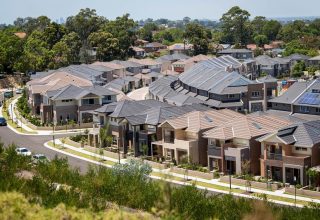


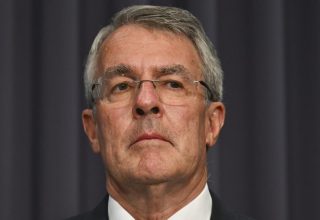
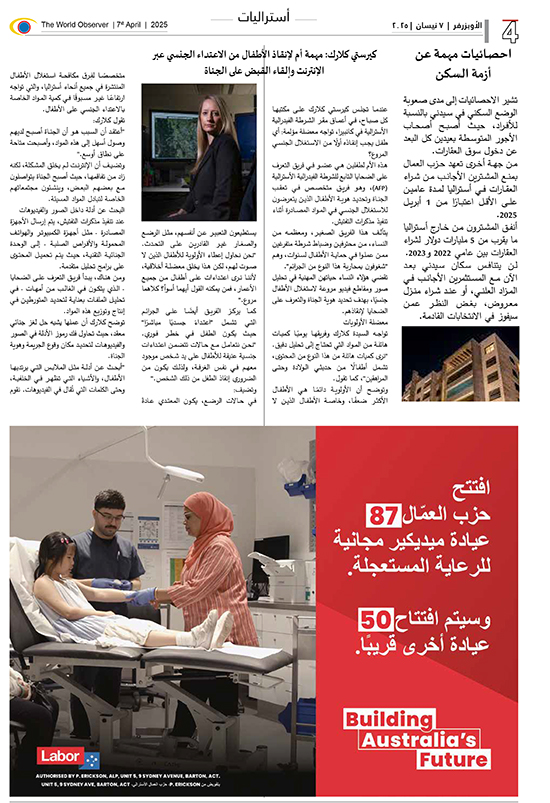
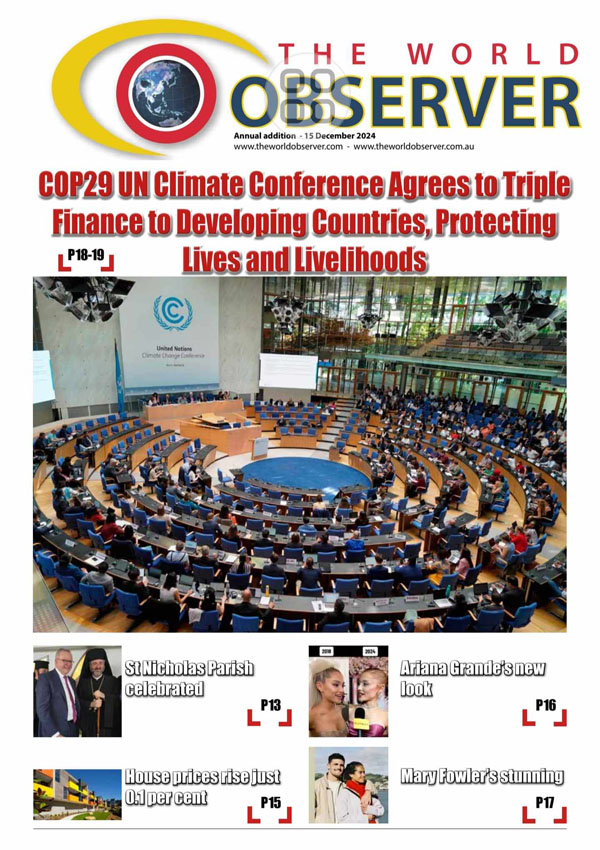
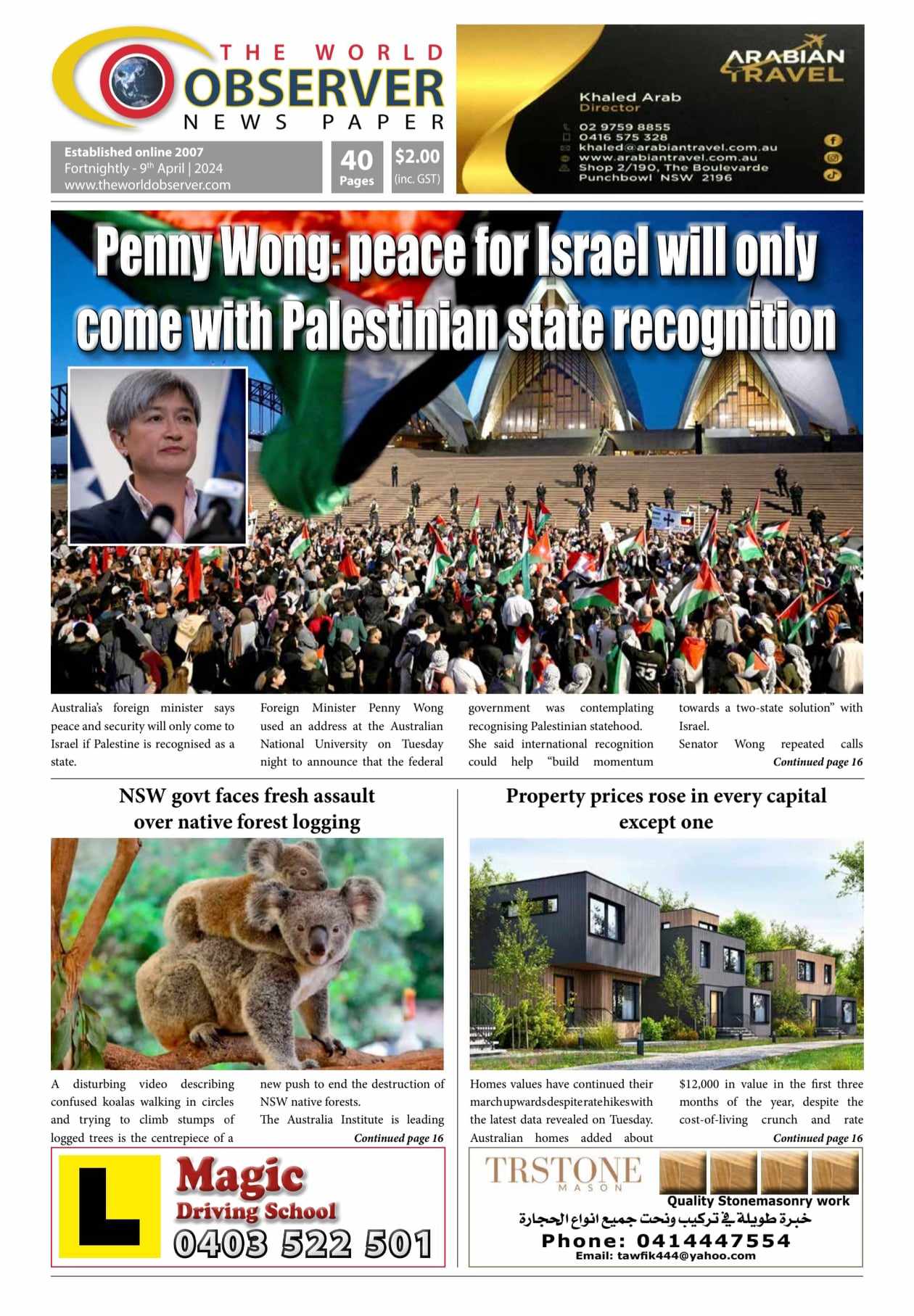





























 The World Observer Media produces a daily online newspaper, a daily Arabic online newspaper and a monthly printed Arabic/English magazine and a weekly printed Arabic/English newspaper.
The World Observer Media’s mission is to entertain and educate all generation from the Ethnic Communities in Australia, who are interested in local, national and foreign information.
The World Observer Media produces a daily online newspaper, a daily Arabic online newspaper and a monthly printed Arabic/English magazine and a weekly printed Arabic/English newspaper.
The World Observer Media’s mission is to entertain and educate all generation from the Ethnic Communities in Australia, who are interested in local, national and foreign information. 


